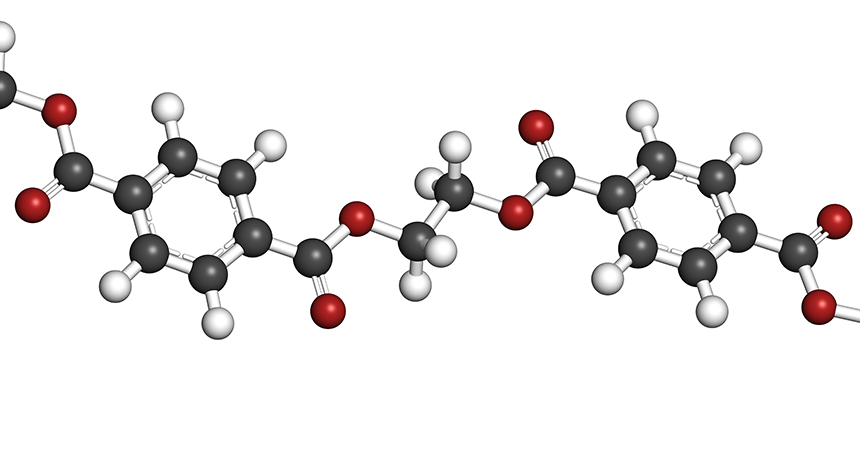From Production to Medicine: Exactly How Polymers Revolutionize Numerous Fields With Their Benefits
Polymers, with their diverse chemical structures and adjustable buildings, have actually arised as crucial parts throughout a range of markets. From improving production processes to allowing revolutionary advancements in medication, the effect of polymers reverberates far and wide.
Flexibility in Manufacturing
With their diverse residential or commercial properties and adaptability, polymers have significantly enhanced the production refines across various industries. The versatility of polymers in production is credited to their capacity to be formed into complex forms, their light-weight nature, longevity, and resistance to deterioration. These residential properties make polymers a suitable option for a vast array of applications, from auto and aerospace markets to healthcare and electronics.
In the automotive field, polymers are extensively made use of in making components such as bumpers, control panels, and interior trims as a result of their light-weight nature, which aids boost gas performance. Furthermore, their resilience and resistance to deterioration make them appropriate for outside applications in building and framework tasks. In the health care industry, polymers play a crucial duty in producing clinical tools, equipment, and product packaging products due to their biocompatibility and sterilization capacities.

Improved Product Efficiency
Substantial advancements in product performance have been accomplished with the assimilation of polymers in numerous industries. The aerospace industry benefits from polymers in the production of lightweight yet strong materials for aircraft, resulting in improved efficiency and minimized upkeep prices.
In addition, in the electronic devices industry, polymers play an important function in enhancing the performance of tools via their shielding properties, impact resistance, and flexibility. This enables the development of smaller, more efficient digital items that are additionally extra sturdy. In the clinical area, polymers are utilized to produce advanced implants and drug distribution systems that supply boosted biocompatibility and targeted therapy, ultimately boosting client end results.
Technologies in Clinical Gadgets
The application of polymers in the medical area has led to groundbreaking technologies in the development of innovative clinical devices. Polymers have actually reinvented the layout and performance of clinical devices by supplying distinct residential or commercial properties such as biocompatibility, adaptability, and sturdiness.
Polymer compounds have likewise made it possible Going Here for the development of lighter and extra comfortable prosthetics, improving the top quality of life for news amputees. Polymers with antimicrobial buildings are being integrated into medical gadgets to protect against infections and improve client results. The growth of innovative drug delivery systems utilizing polymer-based products has actually changed the therapy of various illness by making sure targeted and regulated launch of medications.
Drug Delivery Improvements
In the world of pharmaceutical improvements, unique medicine distribution systems are improving the landscape of clinical therapy. These innovations intend to boost the efficiency and accuracy of medication management while minimizing adverse effects and improving patient compliance. Among the vital breakthroughs in medicine distribution is the application of polymer-based providers. Polymers use a functional system for developing shipment systems that can control drug launch prices, target certain tissues or cells, and safeguard the drug from destruction in the body.
Nanotechnology has additionally played an essential function in drug distribution developments by enabling the growth of nano-sized medication carriers. These nanocarriers can enhance drug solubility, lengthen flow time in the body, and boost cellular uptake, ultimately causing improved healing results. Furthermore, improvements in individualized medicine have led to the personalization of drug shipment systems based upon private person qualities, such as hereditary makeup or illness profile.

Sustainable Solutions
Having actually laid the structure for improvements in medicine distribution systems, the emphasis currently shifts towards exploring sustainable remedies within the realm of polymer-based service providers. Sustainability has come to be a critical element of modern markets, consisting of health care, driving the demand for environment-friendly alternatives. Polymers use a promising opportunity for resolving sustainability challenges because of their versatility, biodegradability, and recyclability.
One secret facet where polymers contribute to sustainability is in lowering the environmental effect of clinical waste. Eco-friendly polymers can be designed to damage down naturally gradually, decreasing the accumulation of non-degradable materials in landfills. In addition, the recyclability of certain polymers permits the advancement of closed-loop systems that advertise the reuse of sources, further decreasing waste production.
Furthermore, making use of sustainable resources for polymer manufacturing, such as plant-based resources like corn or sugarcane, offers an opportunity to lower reliance on nonrenewable fuel sources and reduced carbon emissions. By utilizing the possibility of polymers as sustainable solutions, industries can move website here towards more eco-friendly practices without jeopardizing performance or effectiveness.
Final Thought
Finally, polymers have substantially reinvented different markets, including manufacturing and medicine, as a result of their convenience, boosted item efficiency, and ingenious applications in medical devices and medicine distribution systems - Polymers. These innovations have actually caused the development of sustainable remedies that profit both markets and the atmosphere. Polymers remain to play a critical duty in driving advancement and development across various markets, showcasing their significance in modern culture